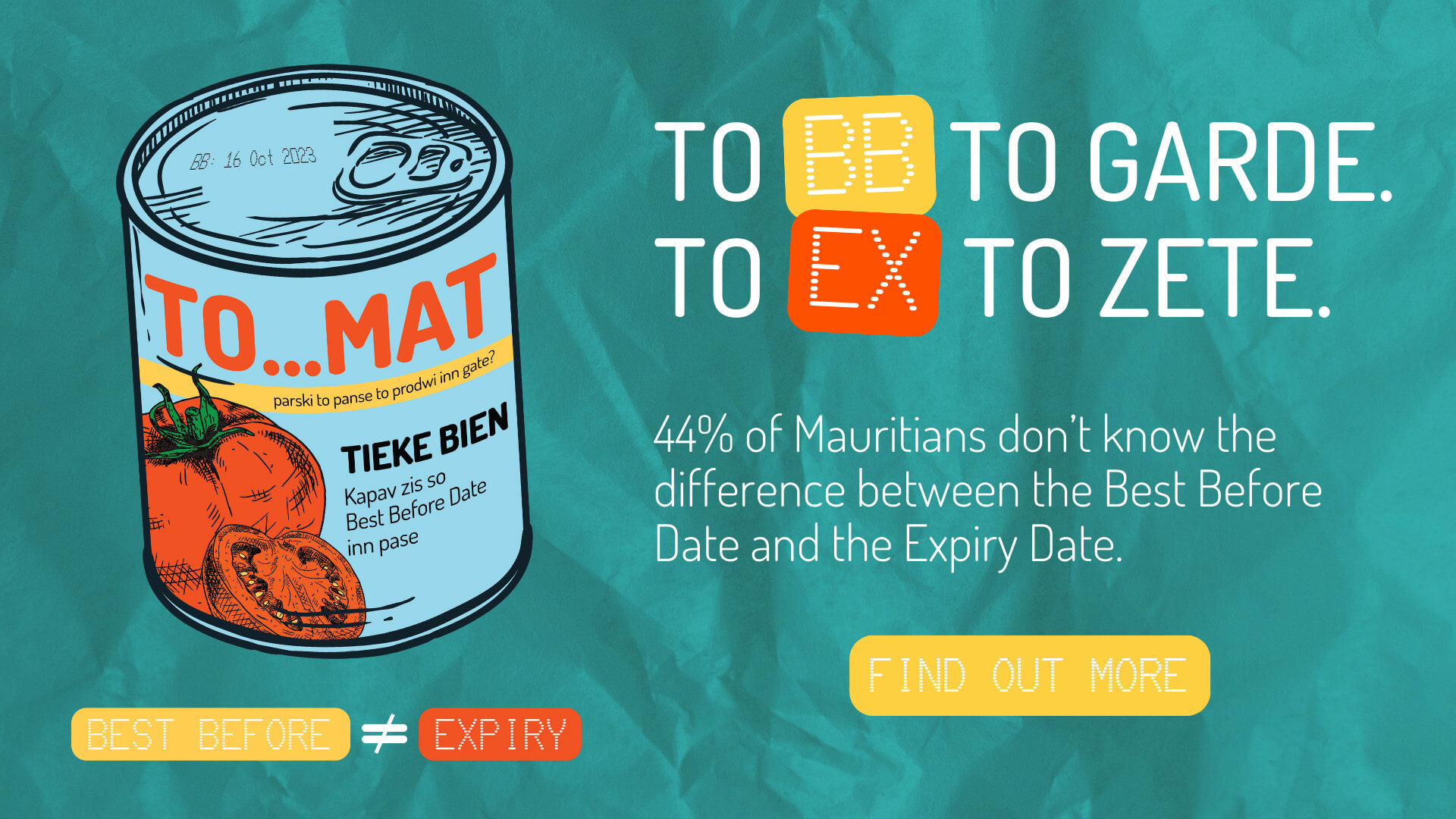FootWise : le tournoi autour du sport et de la solidarité
Les 27 et 28 novembre 2025, nous avons organisé la toute première édition de FootWise, notre tournoi de football inter-ONG. Deux journées riches en émotions, en fair-play, en solidarité, et en messages forts sur l’importance de bien manger pour mieux bouger.
Jeudi 27 novembre, 6h30 du matin. Le dernier carton d’équipements sportifs est chargé. Direction : le Collège Sainte-Marie à Rose-Hill. Dans quelques heures, plus de 20 équipes d’ONG partenaires fouleront la pelouse pour lancer cette grande première tant attendue. Des semaines de préparation, une question : comment cela va-t-il se dérouler ?
Spoiler : la cohésion, la joie et le sport ont remporté le match.




